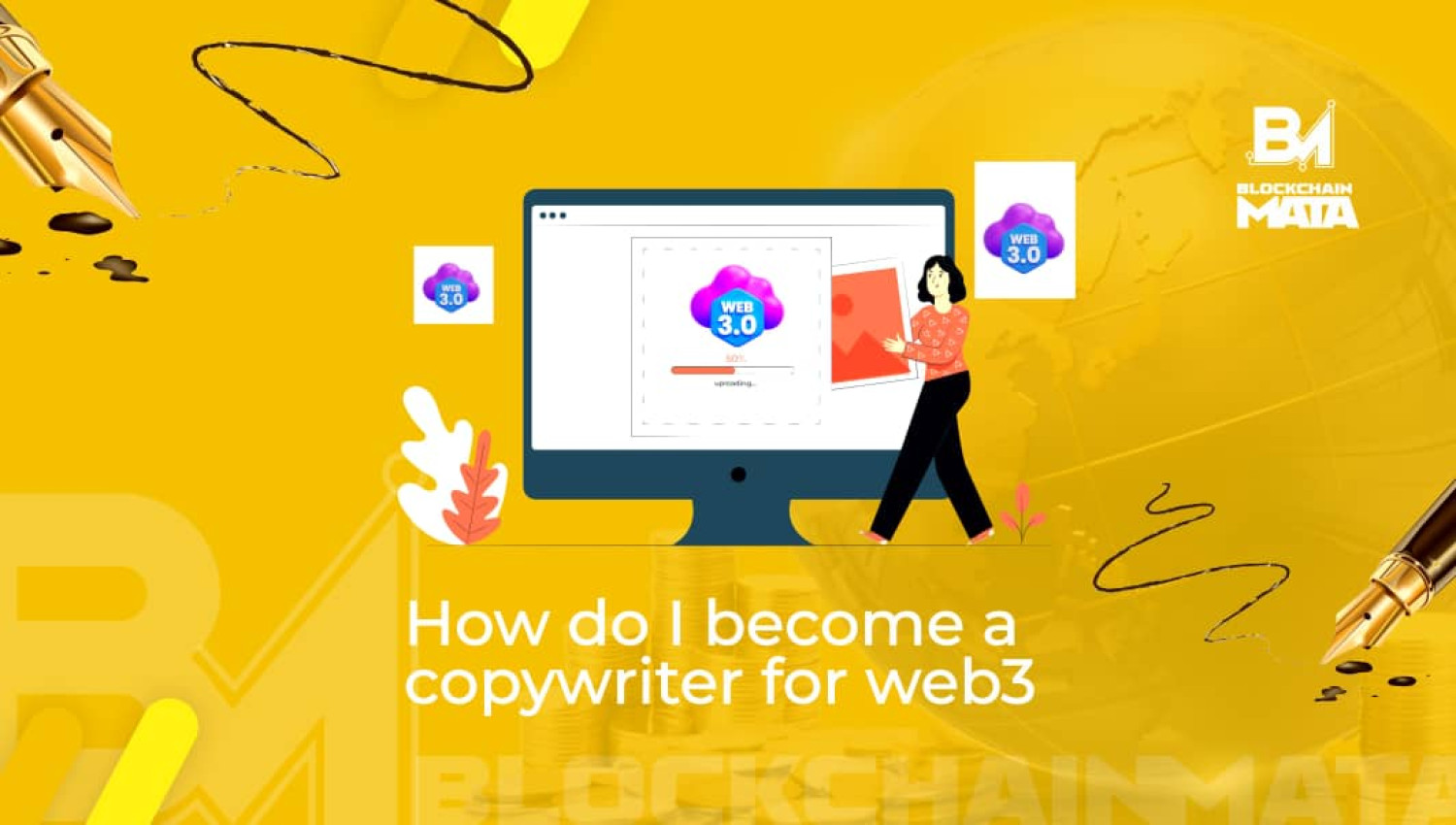What is cryptocurrency and how does it work?
1 year ago By Blockchain Mata

In a time where all that seems to be on everyone’s lip is cryptocurrency, with different narratives of what it is and should be, you can’t help but feel lost in the new trend.
Always wondered what this currency is all about and how it actually works?
Then read along as this article tries to explain it like you are four years old.
Cryptocurrency; what exactly is it?
Existed theoretically long before the first cryptocurrency (Bitcoin) made its appearance. This currency has been called several things like virtual currency, digital currency, and alternative currency.
A crypto-currency is a virtual currency secured by cryptography, making it almost impossible to counterfeit. As the name crypto implies, it uses encryption to authenticate and protect all transactions.
Although it is a form of money, cryptocurrency has been considered and treated also as an asset or property. So in other terms, cryptocurrency can be said to be a digital asset and decentralized system of value that is used for secure online payments.
Following this explanation of cryptocurrency, we get to see that it is beyond being a digital money. Being a financial asset is its one unique factor that attracts investors.
Cryptocurrency as a system of value can be traded, due to its nature that allows easy direct investment. This is one glaring difference between cryptocurrency and the fiat currency you are very familiar with. As it is not controlled by the government, cryptocurrency value moves up and down in correlation with many factors, giving a simple and efficient way to invest in it.
This cryptocurrency system of value, to investors, can be compared to the stock market. Unlike the stock value that is tied down to estimations of a company’s future cash flows, there is no measure for cryptocurrencies value because there is no underlying company; the value of a cryptocurrency is tied only to investor appetite and use case of the cryptocurrency’s blockchain.
As cryptocurrency is widely believed to be a digital alternative to the traditional fiat currency, you might now be stuck between the words fiat currency and the alternative-crypto currency. Understanding fiat currency will help paint a better picture of what cryptocurrency is all about.
Fiat currency is money (currency) that has been given legal value by government authorization. Example of such currency is the widely known dollar, and your local currency used for daily physical transactions.
Crypto currency exists outside the bounds of monetary policies that traditional currency obey, and still remains a medium of financial exchange.
Although both forms of currencies are used as means of payment, crypto currency differs in many ways from fiat currency as it gradually aims for wider adoption.
Few differences between fiat and crypto currencies, for more clarity.
While fiat money is a legal tender and is controlled by the government, cryptocurrency is a digital asset that no government controls.
Unlike fiat money that have a physical form, as coins and notes, cryptocurrency operates only virtually.
Fiat has unlimited supply whereas cryptocurrency has a limited supply, making it possible to know the amount of a particular cryptocurrency in circulation at a particular time.
Because they can only exist online, cryptocurrencies are stored in digital wallets; this lacks the versatility of fiat currencies that can be stored anywhere.
Ether, Solana, Bitcoin are few of the thousands of cryptocurrencies out there, with Bitcoin being preeminent and every other crypto aside it referred to as altcoin; In the same vein that Euro, Pound and Dollar are few of many fiat currencies.
So, how does all these work?
It is obvious that cryptocurrency operates differently from the way regular banking systems of fiat currency works.
Starting from transactions; as earlier stated, all cryptocurrency transactions are secured using cryptographic methods so let’s look at cryptography where everything begins.
Cryptography
Cryptography uses algorithms to encrypt data. In cryptocurrency, it is used to secure and verify transactions and also control the creation of new cryptocurrency (through mining).
Types of cryptography are symmetric (single key) encryption, asymmetric encryption (public and private keys), and hash functions.
Cryptocurrency usually makes use of asymmetric encryption and hash functions. Alongside a hash function, a public and private key is given to all users. A public key is like an address that you can give to others before receiving cryptocurrency from them while a private key is treated as a password and used to ensure that the origin of a transaction is legitimate.
These cryptocurrency transactions are stored on the blockchain, which uses a hashing function to record the information.
Blockchain
A cryptocurrency transaction is not technically finalized until added to the blockchain.
Popularized by Satoshi Nakamoto in 2008 to serve as the public transaction ledger of the cryptocurrency bitcoin, blockchain can be described as a distributed digital ledger which means that the data within is stored in several places around the world rather than in a particular place or server.
This digital ledger stores information/data as blocks, which get linked ( hence the name). For cryptocurrency, the data in a block includes the transaction details about the sender, receiver, and amount.
The characteristics of the blockchain make it tamper-proof as transactions registered on it can not be altered by anyone. The blockchain validates transactions, ensuring that they are secure, authentic, and not double-spent.
Mining
The straight reply to what mining in cryptocurrency is all about: It is a method of earning cryptocurrencies as a reward for solving complex mathematical and computational problems. It can be more than that as mining and miners are very important to the cryptocurrency blockchain, and the action creates new individual blocks for the blockchain.
Miners are record keepers for cryptocurrency communities, and indirectly arbitrate the value of currencies.
Miners effectively complete transactions by adding unverified transactions that are not included in any previous blockchain copy, this periodically creates new copies of the blockchain.
The mining process begins when a transaction is submitted and authenticated. A block for that transaction is created and sent to every node in the network. Nodes then validate this transaction. This process put new cryptocurrency units into circulation (minting).
Although mining produces new cryptocurrency units from time to time, most cryptocurrencies are designed to have a finite supply and this makes them naturally deflationary.
Crypto Exchanges
Acquiring cryptocurrency is widely done through peer-to-peer transactions. This buying and selling (crypto transaction) are done on an exchange, a platform made for the purpose. A cryptocurrency exchange can be centralized or decentralized.
Centralized cryptocurrency exchanges act as intermediaries between buyers and sellers, they hold users’ private keys which removes the risk of losing your funds when you forget your key details, but this also leaves you at the mercy of hackers that might succeed in gaining access to the platform. These exchanges follow regulations mapped out for their operations, and you will have to follow the necessary procedures to open an account with any of them. You will be required to submit some documents for identity verification and set up a payment account for your exchange between fiat and cryptocurrency. An example of such an exchange is Binance.
Decentralized cryptocurrency exchanges allow buyers and sellers to interact directly as there is no intermediary system. There is no storing of information as users do not have to verify their identity as in centralized exchange and everyone is solely in charge of their private keys. This arrangement makes people consider decentralized exchanges less prone to hacking. Uniswap is an example of a decentralized exchange.
Crypto Wallets
All cryptocurrency mined or purchased have to be stored in a digital wallet.
A crypto wallet, as defined by bybit, is a software program that interacts with the blockchain of your choice by generating public and private keys, monitoring your balances, and most importantly, sending and receiving cryptocurrency.
These wallets are not part of the blockchain, they only reflect your activities on the blockchain. A crypto-currency wallet can either be a hot or cold wallet.
Cold wallets are not connected to the internet and are probably most secured because of this. Hardware and paper wallets are types of cold wallets, they are more physical and are used to store large amounts of cryptocurrency.
Hot wallets are connected to the internet, web wallets, mobile wallets, desktop wallets, and crypto exchanges are types of these wallets. It is known that wallets by cryptocurrency exchanges are prone to hacking, for example, the Japan-based Bitcoin exchange Mt. Gox shut down and declared bankruptcy a few years back after hackers took more than $450 million worth of Bitcoin exchanged over its servers. Therefore hot wallets are usually more convenient but less secure.
No matter the wallet you choose, it is highly recommended to have it backed up, also consider hot wallets with 2FA and multi-signature technology as it gives an extra layer of security.
Conclusion
Having compared cryptocurrency to both stock and fiat currency, and explained its basic functionality; it is safe to say that we now have a better grasp of what cryptocurrency is. It is quite important to note here that just like everything out there, cryptocurrency is full of cons as much as it has pros. Therefore, as we embrace this ‘alternative’ to fiat currency, it is important to keep educating oneself on this evolving technology.
Did this article help break down the basics of cryptocurrency and how it works? Have pressing questions you would like answered? Leave a comment below and let us know what you think.



